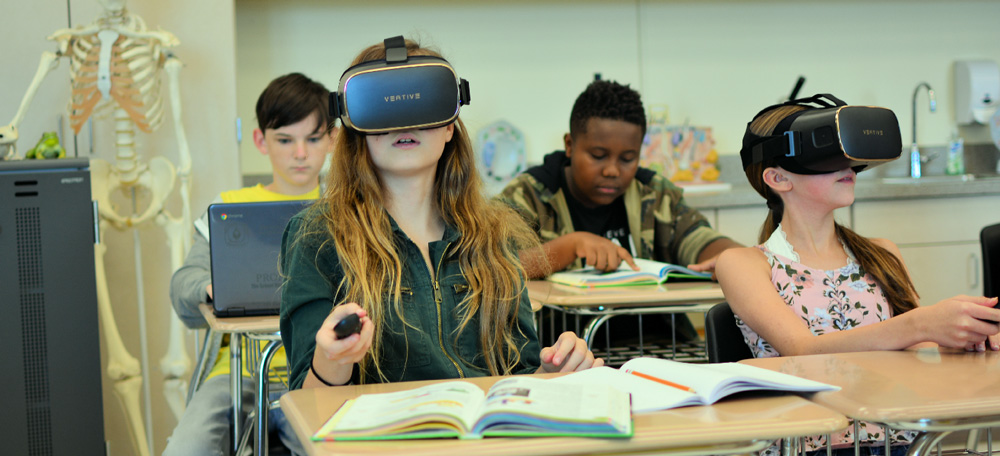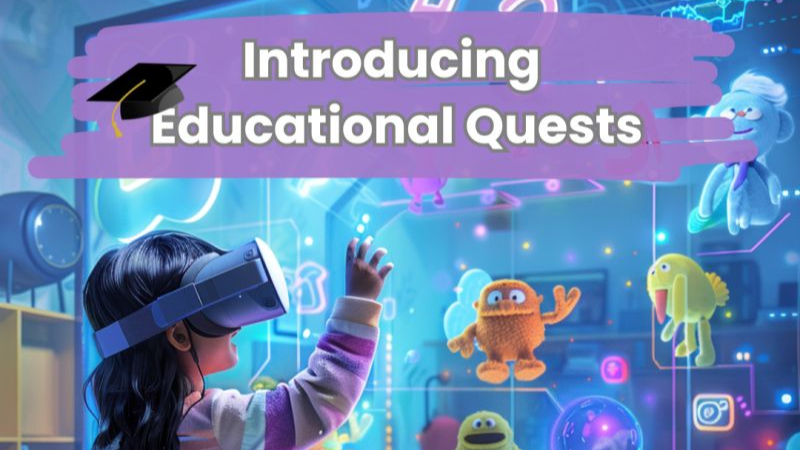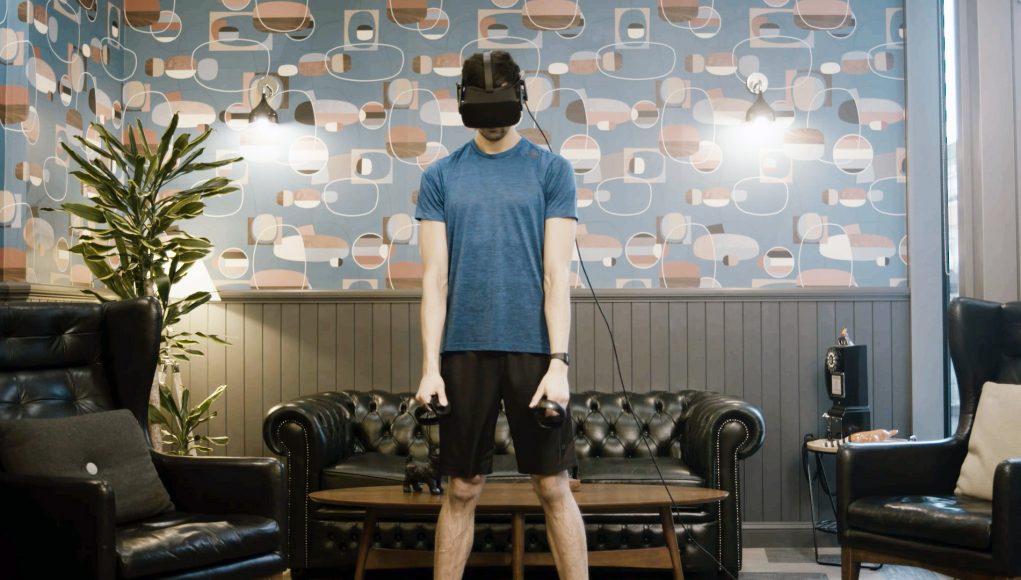One of the most severely impacted industries due to the COVID-19 pandemic has been education. In 188+ countries, schools have closed, pressing pause on the regular educational curriculum of millions of students. The United Nations estimates that these nation-wide school closures are impacting over 90% of the world’s student population.
This has far-reaching impacts. A disruption in the regular learning cycle for young students could bring down retention of knowledge, requiring additional years spent in school. There is even a fear that students in vulnerable regions (i.e., economically/socially disadvantaged) could be at risk of permanently dropping out if they don’t resume the usual learning routines.
Beyond the K-12 level, a pause in the learning curve means lower job-readiness and difficulties in breaking through the professional arena.
If you combine this with the already wobbly job market, the need for immediate intervention is clear.
Local governments and private educational institutions need a way to deliver learning in the safety of student’s homes, trying to match the level of immersiveness they would experience in a classroom setting. Virtual reality (VR) could be a very useful tool in this regard.
Necessity is the Mother of Invention: How the EdTech Field has Exploded During the Pandemic
As schools across the world close shutters, students and educators turn to off-campus learning technologies. In Asia, there were a record number of digital enrollments, pushing up share prices for EdTech companies. Within this field, VR is of special interest owing to its ability to simulate any learning environment, no matter where a student is situated.
In the U.S., Immersive VR Education has partnered with VictoryXR, bringing Victory XR’s immersive learning content on Immersive’s ENGAGE platform. This initiative is designed to help schools, hit by the pandemic, allowing teachers to run virtual live classes.
VictoryXR is even building a school curriculum app to simplify access for teachers. And this isn’t a one-off partnership. Analysts at Research and Markets.com have earmarked VR as a key area of application during COVID-19.
Coming to the professional learning sector, VR has proven to be game-changing their as well. Several organizations were exploring how VR could aid hands-on training without exposing employees to hazardous conditions — think manufacturing, power generation, agriculture, mining, etc. Now, as the workplace itself becomes an unsafe environment, you could apply VR-led employee training to any scenario.
Virtual reality training simulations and virtual classrooms are among McKinsey’s recommended strategies for adapting workplace learning in the times of coronavirus.
EON Reality & Veative Labs recently made their AVR Platform & resources free in response to COVID-19. Anyone, be it teachers, students, employees, or employers can now use the platform’s basic features until the end of the pandemic completely free of cost. This tells you how important VR is in a contactless world, aiding truly continuous development of human resources.
4 VR EdTech Companies Making Headway During This Period Challenge and Change
Education was always a primary use case for virtual reality or VR. The pandemic and its resulting demand dynamics will propel this market further, inspiring new innovations. The following four companies stand out among the pack:
1. EngageVR — A VR platform for content creation, hosting, and consumption
Engage is an advanced VR training and education platform meant for both school-level and corporate learning. The platform has use cases for meeting and sales as well, for more expansive enterprise use. EngageVr supports up to 50 remote users in one classroom, which is well in sync with the K-12 average.
Educators can use the platform’s library of 1200+ 3D objects to quickly create content and while sessions in one of Engage’s 21+ virtual locations, ranging from lecture halls to the moon. Engage supports in-app quizzes and forms for virtual assessments, and there is a Lite version available for free for those looking to hold private training sessions (up to three users).
2. EON Reality — A VR platform for content creation, hosting, and consumption
EON Reality boasts of an AVR Platform where you can browse pre-built 3D content, import your own assets, create from scratch, and distribute the learning experience from one place. It also has tracking/quizzes to test students.
EON has two programs: EON Reality Educations, which is non-profit focused on VR research for school-level applications. EON’s Learn for Life Program, aims to foster vocational and technical skills in developing countries. To do this, it has teamed up with the UN. As mentioned, the company’s core platform is free for use on a limited basis.
3. ClassVR — standalone headset, a VR interface, ruggedized accessories, and professional services
ClassVR is an award-winning immersive content provider for the education sector. It covers the entire spectrum of content management, from furnishing devices for content delivery to an online portal where teachers can plan lessons and even training support.
ClassVR aligns its content to an institution’s specific curriculum — which is a must-have as schools aim to pick up where they left off during closures. ClassVR even has immersive worksheets that let students conduct self-assessments and measure progress even as they learn from home.
4. Veative — Full stack (content + hardware), professional services, and an immersive platform for content and app management
Veative is an XR provider, servicing a number of industries. It works with several schools and educational groups, delivering VR services, ready-to-use learning content, and an immersive platform for content consumption. In the wake of COVID-19, Veative has launched a library of free immersive learning content that students can consume straight from the browser.
The company boasts of developing the world’s largest library of curriculum-aligned, interactive K-12 modules and could be a formidable player as schools turn to VR for bridging gaps in learning. Interactivity, of course, is the key. Rather than simply a passive consumption of information, this approach ensures that students are actively participating in their learning.
During Covid19, Veative recognized that students may not have VR device at home thus it has pivoted to WebXR in the wake of the global pandemic. This will allow students to work from home, with a PC, and still be connected to their teachers via analytics & teacher can drive interaction/participation. This could be the gamechanger Veative has been looking for.
For an example of this, check out covid.veative.com and give it a try.
Recently, Veative Labs announced a global collaboration with Lenovo, the world’s largest supplier of educational technology. This collaboration will enable Lenovo customers to experience Veative’s entire collection of K-12 WebXR and VR modules on Lenovo computers through Lenovo’s new Distance Learning Solution and on Lenovo’s VR devices through the new VR Classroom 2.0 solution.
Strengthening Digital Capabilities at Educational Institutions
The COVID-19 pandemic has revealed the need for widespread digitalization in every sector. Mercer reports that nearly every institution has implemented a WFH policy — which is unprecedented in the education sector.
In a K-12 classroom scenario, teachers are the ones driving interactions and engagement in person. Largely, assessment and analysis was based on face-to-face conversations, which are missing in this new COVID-19-triggered world. For “Learn from Home” to become an effective reality, VR intervention is absolutely essential.
And in the professional sphere, VR could help protect a new generation of workers from economic instability by keeping them at par with global skill requirements and market expectations.
Beyond just online certifications, VR will enable hands-on demonstration of expertise, which is invaluable at any point of the human learning curve. Already, Oxford Medical Simulations (OMS) is providing a free VR training system to healthcare professionals in the U.S., Canada, and the U.K, so that retired doctors and nurses can get up to speed with the latest treatments and join in healthcare efforts.
The long-term implications of COVID-19 are still fluid. In the meantime, VR offers an opportunity to maintain learning continuity for the next generation, using the latest technologies to prepare for a brighter post-COVID-19 world.




